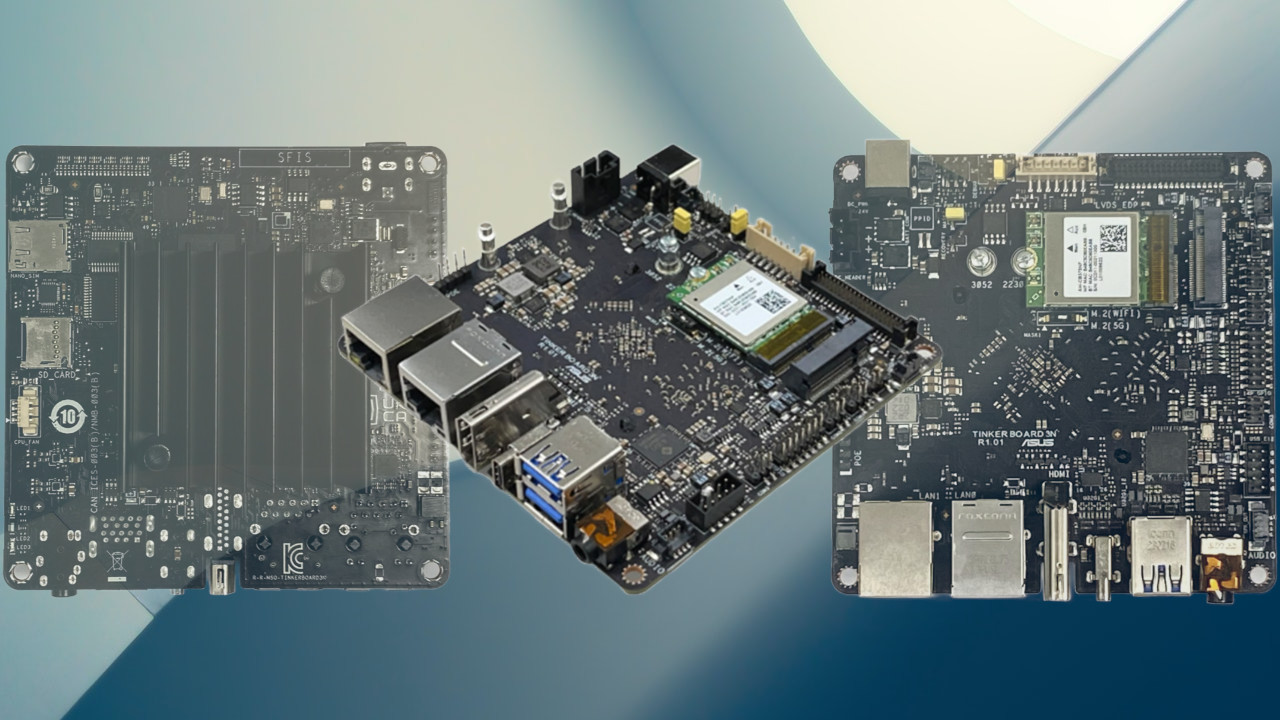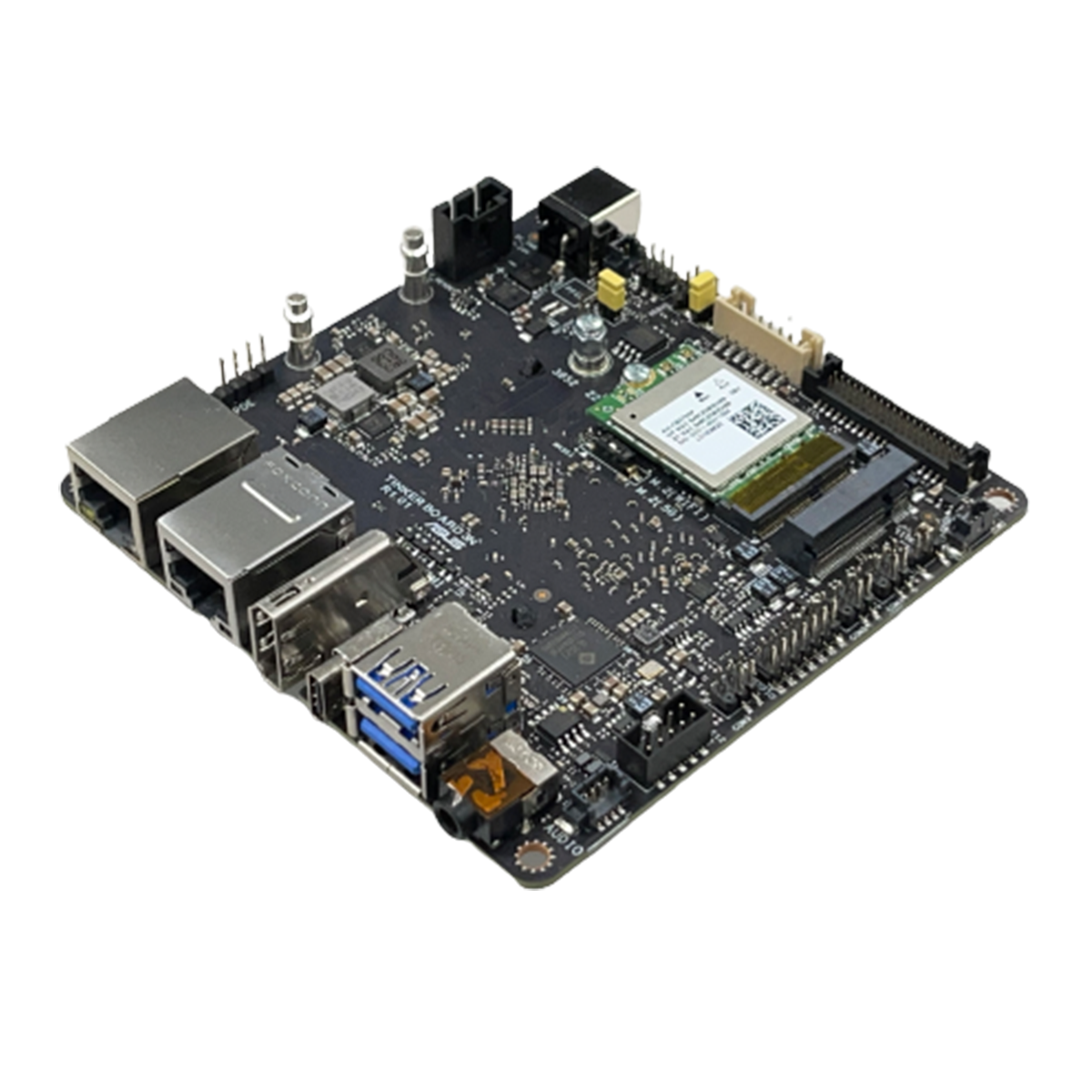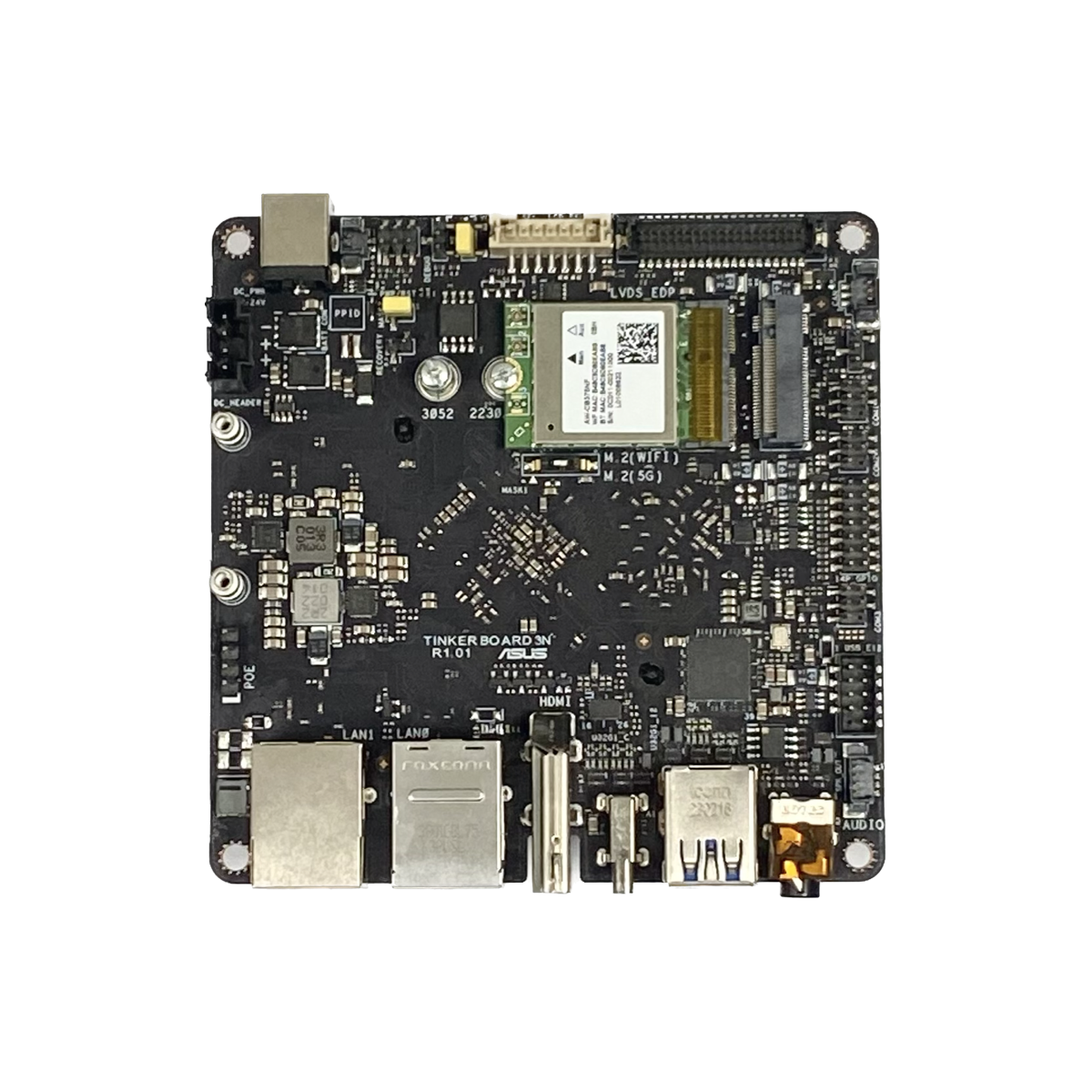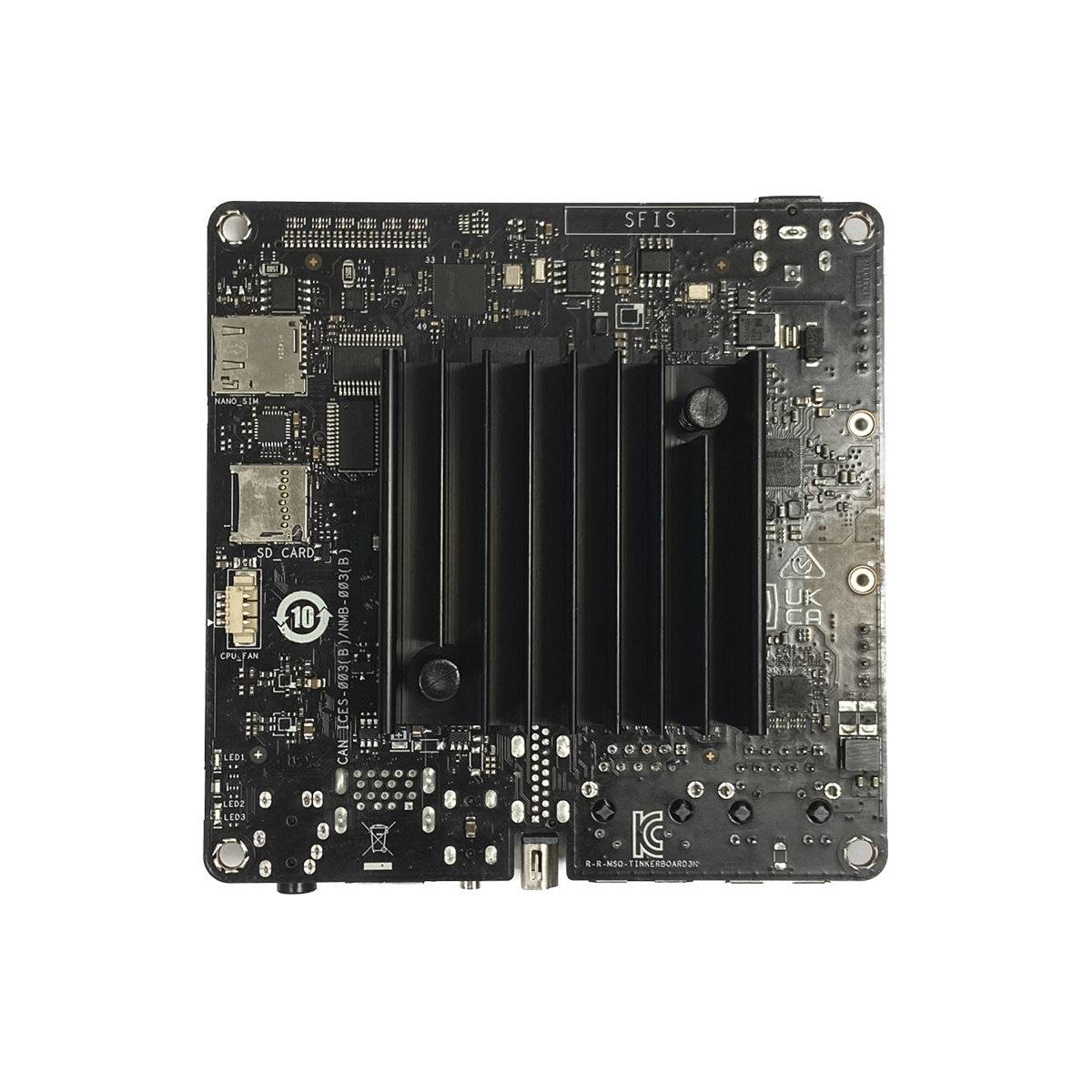
Asus' range of Raspberry Pi alternative boards sees another new model arrive, but this boards eschews the Raspberry Pi form factor used in the previous Tinker Boards for something that looks more like a NUC.
All of the models are based on a Rockchip RK3568 SoC which sees a 64-bit, quad-core Arm v8 CPU. The SoC is cooled using a low-profile heatsink which means that this new board can be dropped into a low-profile case. The form factor is very Nvidia Jetson, with a rotated HDMI connector and ports along one side of the board.



The 100 x 100mm form factor affords a little more space that a Raspberry Pi 4, and dominating the underside of the board is the aforementioned heat sink. Placing this under the board provides more space on top for multiple M.2 slots, one of which appears to come with a Wi-Fi card installed. The other slot can be used with 4/5G radios or an SSD. But do you need an SSD when the 3N can be specced with a 32 or 64GB eMMC and of course we can use the Micro SD card for booting / additional storage. Two USB 3 ports provide fast access to external storage, or most likely the keyboard and mouse that we will use to work with the board. USB C provides OTG services, with no mention of Power Delivery.
The elephant in the room is the GPIO. Previous Asus Tinker Boards aped the 40 pin GPIO found on the Raspberry Pi, but software support was lacking. For the 3N we see that Asus are using its own layout, a 1 x 12 (it claims in the specifications, but we can see a 2 x 16 layout in the images). While we may not have a glut of GPIO pins, we have all the bases covered (I2C, SPI, UART, PWM, ADC and Digital IO). We just need the software support to be there. Talking of which, the 3N supports Debian, Yocto and Android operating systems. Hopefully one, if not all of the choices provides hardware accelerated desktops and video playback. As for GPIO software, in the past Asus used its own version of RPI.GPIO for Python. The original, created by Ben Croston, rose to fame thanks to its adoption by the Raspberry PI Foundation for its early Python learning resources. It is highly likely that Asus will continue to use its own Python module, and the GPIO should also be accessible via the Linux terminal.
How much does the 3N cost? Well we don't know. We looked around a few Asus resellers, via links found on the Asus site, but to no avail. We have to guess that it will be more expensive than the Asus Tinker Board 2, which can go for around the $200 mark.







